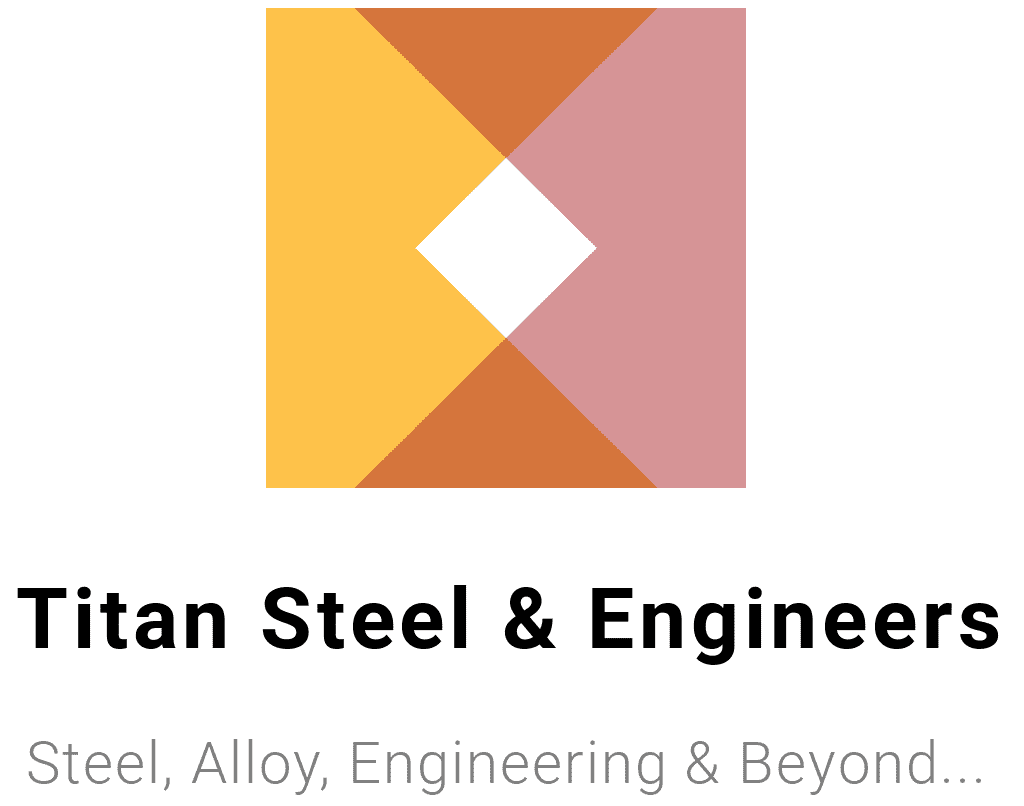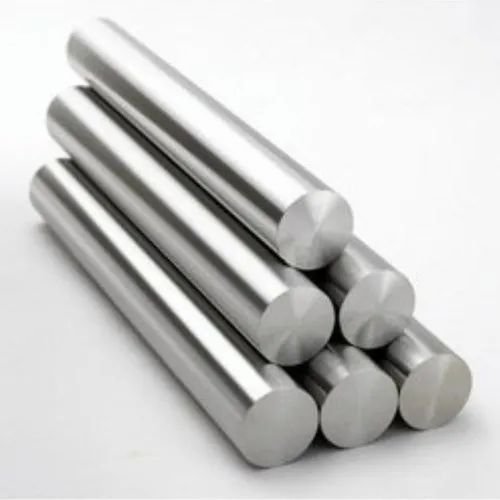Bright Steel vs Mild Steel: What’s the Difference and When to Use Each?
Steel is one of the most versatile materials in the engineering and manufacturing world. But not all steels are created equal. Among the many types available, bright steel and mild steel are two common choices that serve distinct purposes. They differ in composition, properties, and applications, making each better suited for specific uses. bright steel vs mild steel.
This article dives deep into the key differences between bright steel and mild steel. By the end, you’ll have a clear understanding of their unique characteristics, benefits, and where to use each in engineering, construction, and manufacturing.
What is Bright Steel?
Bright steel is a refined type of steel known for its superior surface finish and precise dimensions.
It is manufactured through cold drawing or cold rolling processes. Unlike standard hot-rolled steel, which is processed at high temperatures, bright steel undergoes its final shaping at room temperature. This cold working process not only gives it a smooth, polished surface but also enhances its mechanical properties.
Key Characteristics of Bright Steel:
- Smooth Surface: Polished, free from scale or rough finishes.
- Dimensional Accuracy: Manufactured to tight tolerances, ensuring precise measurements.
- Improved Mechanical Strength: Cold working increases its strength and hardness.
- Uniform Structure: A consistent grain structure enhances its machinability.
Bright steel is often chosen for applications where appearance, precision, and high performance are critical.
Key Benefits of Bright Steel
1. Superior Surface Finish
Unlike typical steel, bright steel boasts a clean, polished surface. This aesthetic appeal makes it ideal for components where appearance matters, such as exposed parts in machinery or architectural features. For example, you’ll find bright steel in decorative stair railings or sleek automotive components.
2. High Dimensional Accuracy
Bright steel is manufactured with tight tolerances, ensuring precise dimensions. This makes it a go-to material for industries requiring exact measurements, such as the production of gears, shafts, and fasteners. Processes like CNC machining benefit immensely from its accuracy.
3. Enhanced Strength and Hardness
The cold drawing or rolling process hardens the steel, increasing both its tensile and yield strength. This enhanced strength makes bright steel suitable for heavy-duty applications, such as hydraulic systems or high-performance machining components.
4. Excellent Machinability
Thanks to its uniform structure and smooth finish, bright steel is much easier to machine compared to standard steels. Drilling, milling, and turning are all streamlined, reducing production time and tool wear. For custom precision parts, bright steel is often the material of choice.
5. Improved Corrosion Resistance
The smoother surface of bright steel minimizes the risk of corrosion initiation. While it’s not inherently rust-proof like stainless steel, its refined finish makes it less susceptible to rust formation under normal conditions.
What is Mild Steel?
Mild steel, on the other hand, is a type of low-carbon steel. With a carbon content of around 0.05-0.25%, mild steel has a softer, more ductile structure compared to high-carbon steels.
Mild steel is typically manufactured through hot rolling, resulting in a dull, rough surface with loose tolerances. Despite its simplicity, its affordability and versatility make it one of the most widely used types of steel in the world.
Key Characteristics of Mild Steel:
- Low Carbon Content: Makes it soft and ductile.
- Easy to Weld and Work With: Highly adaptable for general fabrication.
- Cost-Effective: Affordable, especially for large-scale applications.
- Low Strength (compared to bright steel): The tradeoff for its ductility.
Mild steel may not have the shine or precision of bright steel, but its practicality makes it a staple material in construction, infrastructure, and fabrication projects.
Bright Steel vs Mild Steel: A Detailed Comparison
|
Property |
Bright Steel |
Mild Steel |
|---|---|---|
|
Surface Finish |
Smooth, polished |
Dull, rough |
|
Strength |
High (due to cold working process) |
Lower (due to low carbon content) |
|
Dimensional Accuracy |
High tolerance |
Lower tolerance |
|
Machinability |
Excellent |
Limited |
|
Cost |
Higher |
More affordable |
|
Applications |
Precision parts, decorative uses |
Construction, structural projects |
Key Takeaways:
- Bright steel is ideal for high-precision applications where appearance, strength, and machinability are critical.
- Mild steel is the preferred choice for cost-effective, large-scale projects where tight tolerances and superior surface finishes are not necessary.
Applications of Bright Steel
Bright steel finds use in a range of industries where precision, strength, and aesthetics are essential:
- Automotive: Shafts, axles, and aesthetic components like trims.
- Construction: Decorative stair railings, balustrades, and furniture.
- Manufacturing: Gears, fasteners, and precision tools.
- Machinery: Hydraulic systems and high-performance engine components.
Its versatility and refined qualities make bright steel a go-to material for high-value engineering applications.
Applications of Mild Steel
Mild steel’s cost-effective nature and excellent adaptability make it a popular choice in industries like:
- Construction: Structural beams, columns, and reinforcement bars.
- Infrastructure: Bridges, pipelines, and general fabrication.
- General Manufacturing: Cages, gates, and frames for equipment.
While it lacks the refinement of bright steel, its affordability and ease of workability make it indispensable for large-scale projects.
Making the Right Choice for Your Project
Choosing between bright steel and mild steel depends on your specific application. Each material serves a distinct purpose:
- Opt for bright steel if you need precision, enhanced strength, or aesthetic appeal—such as for automotive parts or polished furniture.
- Choose mild steel if your priority is cost-effectiveness and versatility—likely for construction or infrastructure projects.
By understanding their differences, you can ensure your project benefits from the right material.
Need help deciding? Contact our team of experts for tailored recommendations.


